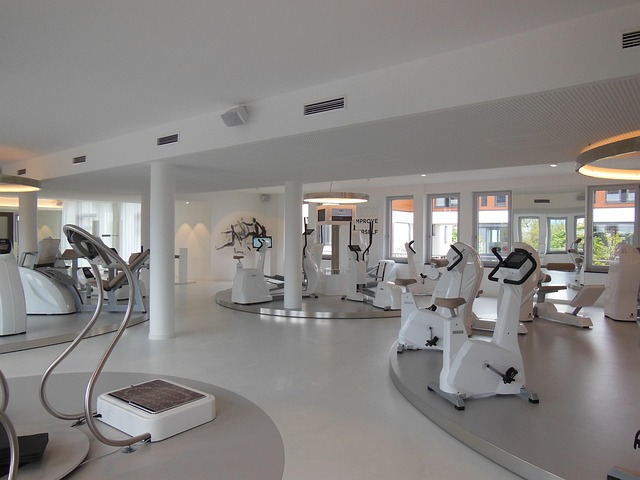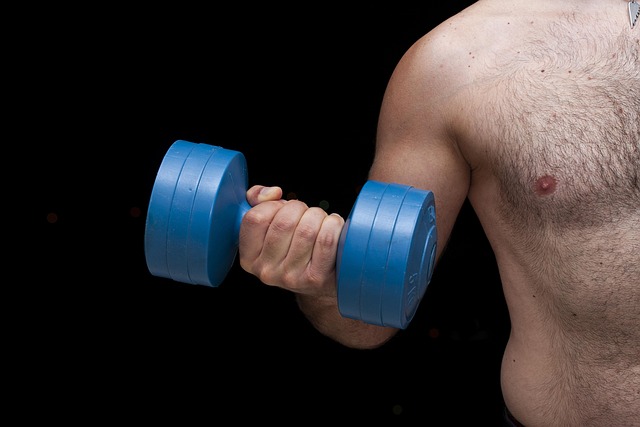The Ultimate Guide to Conscious Eating for a Healthier Exercise Lifestyle
In our fast-paced world, the quest for a healthier lifestyle often feels like an uphill battle. As we juggle work, family, and social commitments, it’s all too easy to overlook the critical connection between what we eat and how we feel during exercise. This is where conscious eating comes into play, transforming not just our plate but our entire approach to health and fitness.
At its core, conscious eating is about being mindful and aware of our food choices. It’s the art of making intentional decisions that nourish our bodies, enhance our well-being, and support our active lifestyles. The benefits of adopting a conscious eating mindset extend far beyond the plate—they can positively influence our workout performance, recovery time, and overall vitality.
To truly embrace a healthier lifestyle, one must start with healthy nutrition. This entails more than simply counting calories or adhering to fad diets. Instead, focus on incorporating whole, nutrient-dense foods that fuel your body and mind. Fresh fruits, vibrant vegetables, whole grains, lean proteins, and healthy fats should take center stage on your plate. By prioritizing these foods, you make a powerful statement about the value you place on your health and fitness journey.
One effective way to implement conscious eating is to practice mindful eating techniques. This involves slowing down and savoring each bite—paying attention to the textures, flavors, and aromas of your meals. By doing so, you cultivate a deeper appreciation for food and become more attuned to your body’s hunger and satiety cues. This self-awareness can lead to healthier portions and better choices, allowing you to feel energized rather than sluggish during your workouts.
Moreover, planning meals ahead of time can make a significant impact. Set aside time each week to prepare healthy meals and snacks that align with your exercise goals. This practice not only saves time and reduces stress but also ensures that you have delicious, nutritious options readily available when hunger strikes. Packing balanced snacks for your pre- or post-workout can fuel your body with essential nutrients and support optimal performance.
Hydration, too, plays a key role in the realm of conscious eating. Water is vital for every function in our body, from digestion to energy production. Make it a habit to keep a water bottle alongside you throughout the day, and consider infusing it with fruits or herbs for an added twist. Being well-hydrated can significantly enhance your workout effectiveness and recovery, making a noticeable difference in your overall exercise routine.
Connecting your meals to your fitness goals is another vital aspect of healthy nutrition. For instance, if you aim to build muscle, incorporate protein-rich foods into your diet, such as chicken, fish, legumes, and quinoa. Alternatively, if your goal is to enhance endurance, focus on complex carbohydrates and healthy fats to maintain sustained energy levels during long workouts. Tailoring your nutrition to complement your exercise objectives can create a harmonious balance and make achieving your goals feel more attainable.
Also, remember to listen to your body. Rather than following strict dietary rules or trends, learn to adapt your eating habits based on what feels right for you. Pay attention to how different foods affect your performance and mood. Being flexible and open-minded about your nutrition can lead you to discover the foods that resonate best with your unique needs.
Ultimately, adopting a conscious eating approach is a powerful strategy for cultivating a healthier exercise lifestyle. By nourishing your body mindfully, you create the foundation for improved physical performance, better recovery, and heightened energy levels. Take the time to embrace the idea of conscious eating, and watch how it begins to transform not just your meals, but your entire approach to health and fitness!




